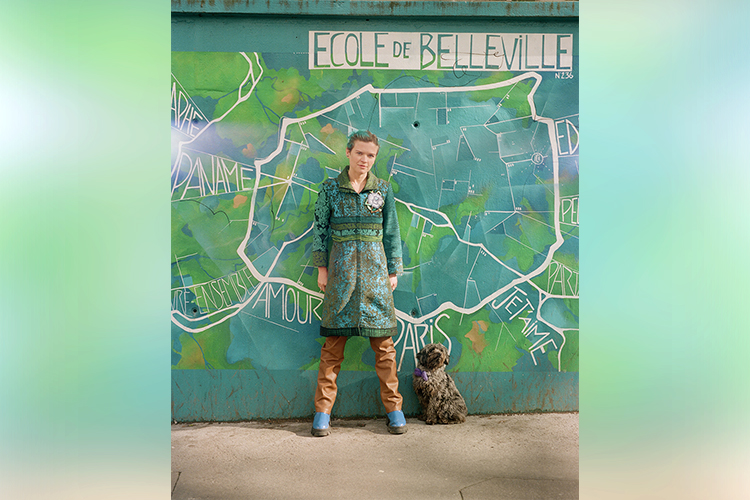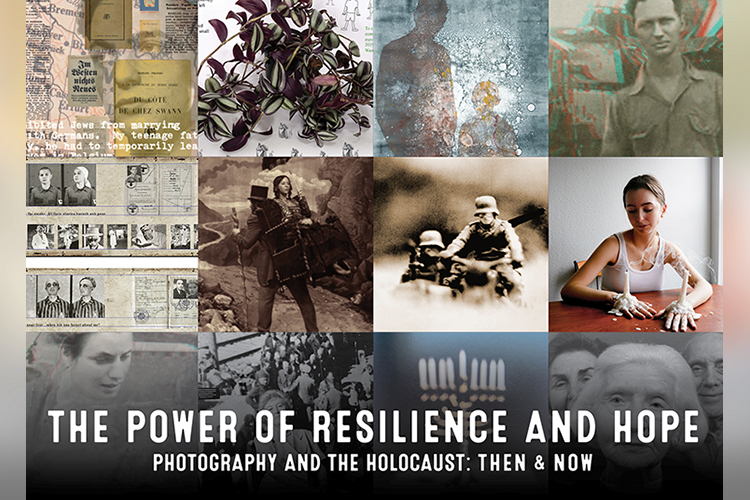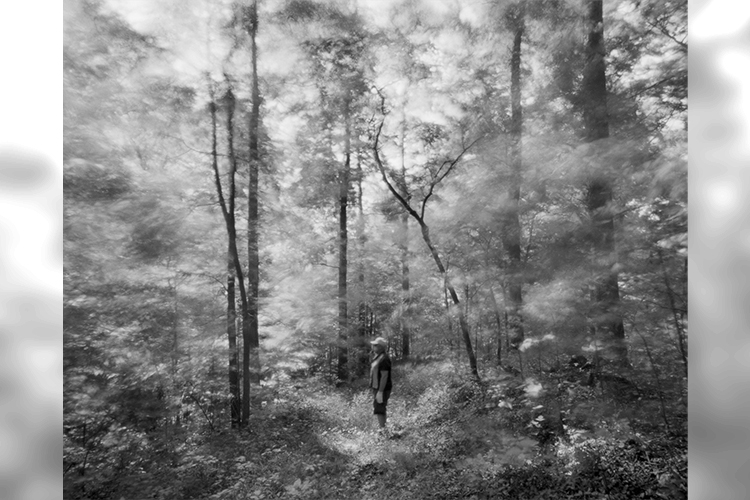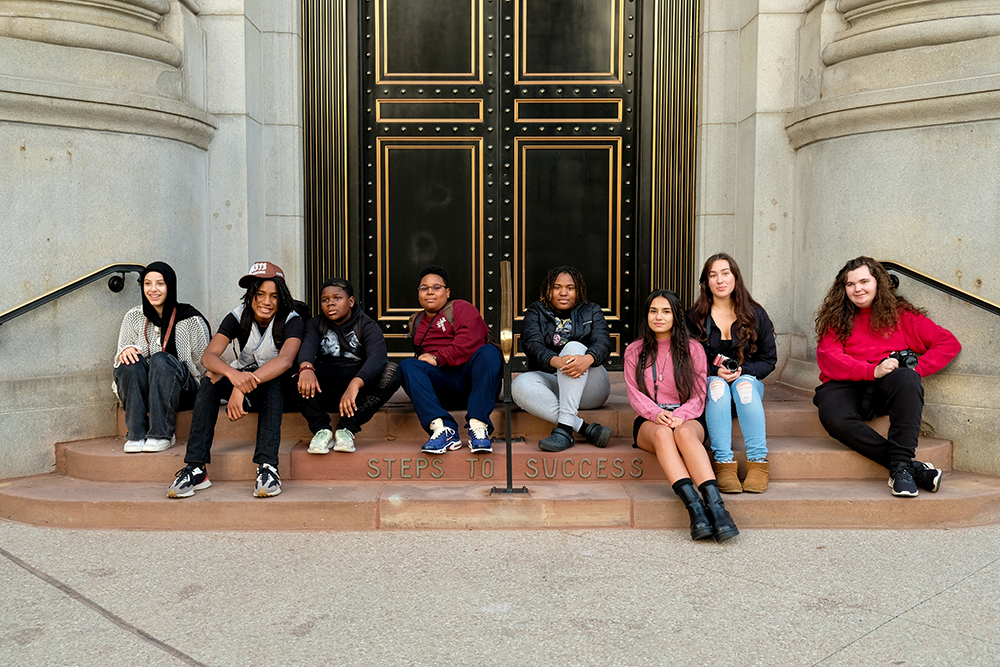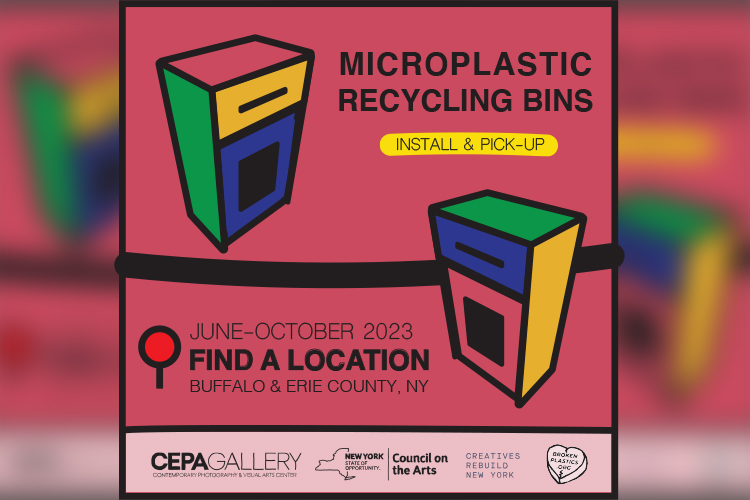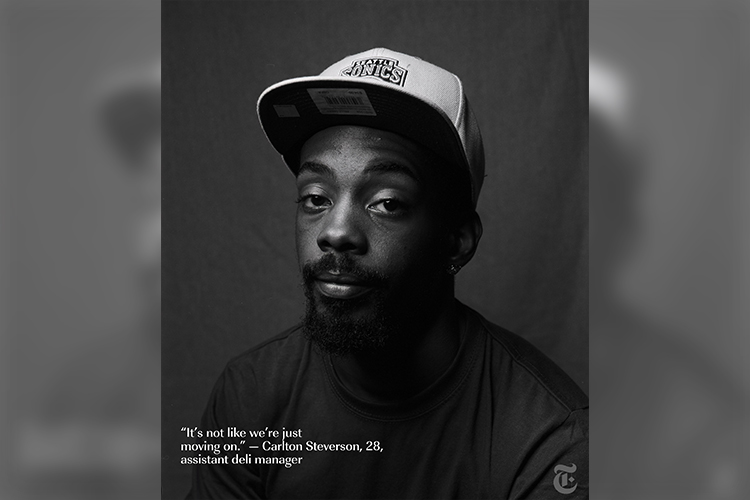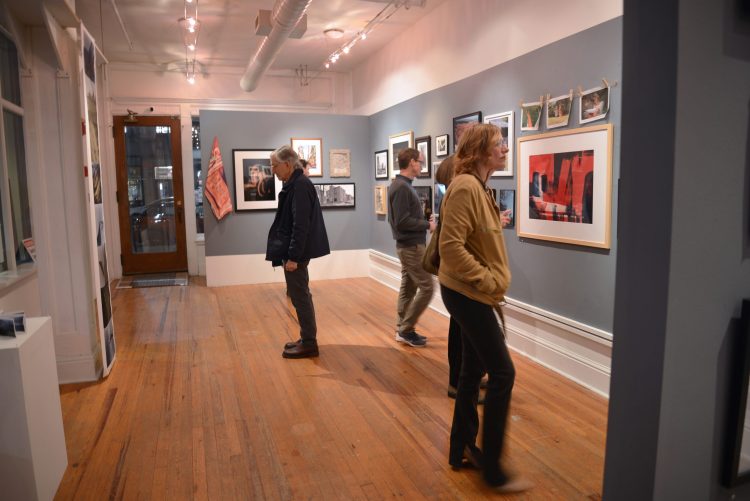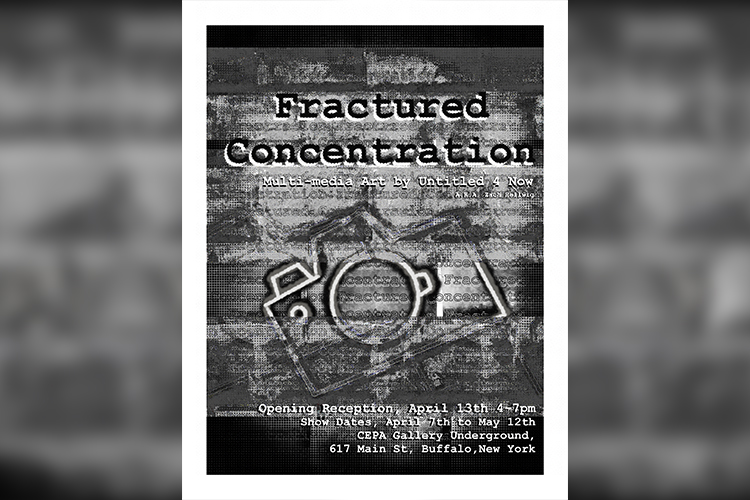Archive
July 13, 2023 The Power of Resilience and Hope – Photography and the Holocaust: Then & Now (2024)
CEPA Gallery
January 19, 2024July 6, 2023 Quester of Light by Joe Ziolkowski (2023)
CEPA Gallery
August 18 – September 22April 19, 2023 Resilience: A Buffalo Story by Mustafa Hussain (2023)
CEPA Gallery
May 12 – August 4April 6, 2023 Zach Hellwig: Fractured Concentration (2023)
[vc_row css_animation="" row_type="row" use_row_as_full_screen_section="no" type="full_width" angled_section="no" text_align="left" background_image_as_pattern="without_pattern" el_class="pt-10" z_index=""][vc_column][vc_row_inner row_type="row" type="grid" text_align="left" css_animation=""][vc_column_inner][vc_single_image image="20542" img_size="large" qode_css_animation=""][/vc_column_inner][/vc_row_inner][/vc_column][/vc_row][vc_row css_animation="" row_type="row" use_row_as_full_screen_section="no" type="full_width" angled_section="no" text_align="left" background_image_as_pattern="without_pattern" el_class="pt-10" z_index=""][vc_column][vc_row_inner row_type="row" type="grid" text_align="left" css_animation=""][vc_column_inner][vc_column_text] Zach Hellwig: Fractured Concentration Fractured Concentration is a critical review and response to struggles with mental health and emotional turmoil associated with social issues such as waste, pollution, financial hardship, drug reform, environmental uncertainty, privacy, and the legacy of local landmarks. This set of issues exist locally in Buffalo and its suburbs, but is not limited to any single place. Every positive change lightens the weight of the burdens on our community. It is important to acknowledge, document and interpret surround- ings to cope with feelings of being overwhelmed caused by these issues and enact change to resolve them. [/vc_column_text][/vc_column_inner][/vc_row_inner][/vc_column][/vc_row][vc_row css_animation="" row_type="row" use_row_as_full_screen_section="no" type="full_width" angled_section="no" text_align="left" background_image_as_pattern="without_pattern" z_index="" el_class="gray-border-top"][vc_column][vc_row_inner row_type="row" type="grid" text_align="center" css_animation="" el_class="white"][vc_column_inner width="1/3"][icons icon="fa-map-pin" size="fa-4x" type="normal" position="center" target="_self"][vc_column_text] Exhibit Location CEPA Gallery Underground Gallery 617 Main Street Buffalo, NY 14203[/vc_column_text][/vc_column_inner][vc_column_inner width="1/3"][icons icon="fa-calendar" size="fa-4x" type="normal" position="center" target="_self"][vc_column_text] Exhibit Dates Friday, April 7, 2023 through Friday, May 12, 2023 Admission Free to the public[/vc_column_text][/vc_column_inner][vc_column_inner width="1/3"][icons icon="fa-clock-o" size="fa-4x" type="normal" position="center" target="_self"][vc_column_text] Exhibit Times Wednesday, Friday, Saturday 12:00 p.m.–4:00 p.m. Thursday 4:00 p.m.–7:00 p.m.[/vc_column_text][/vc_column_inner][/vc_row_inner][/vc_column][/vc_row]




